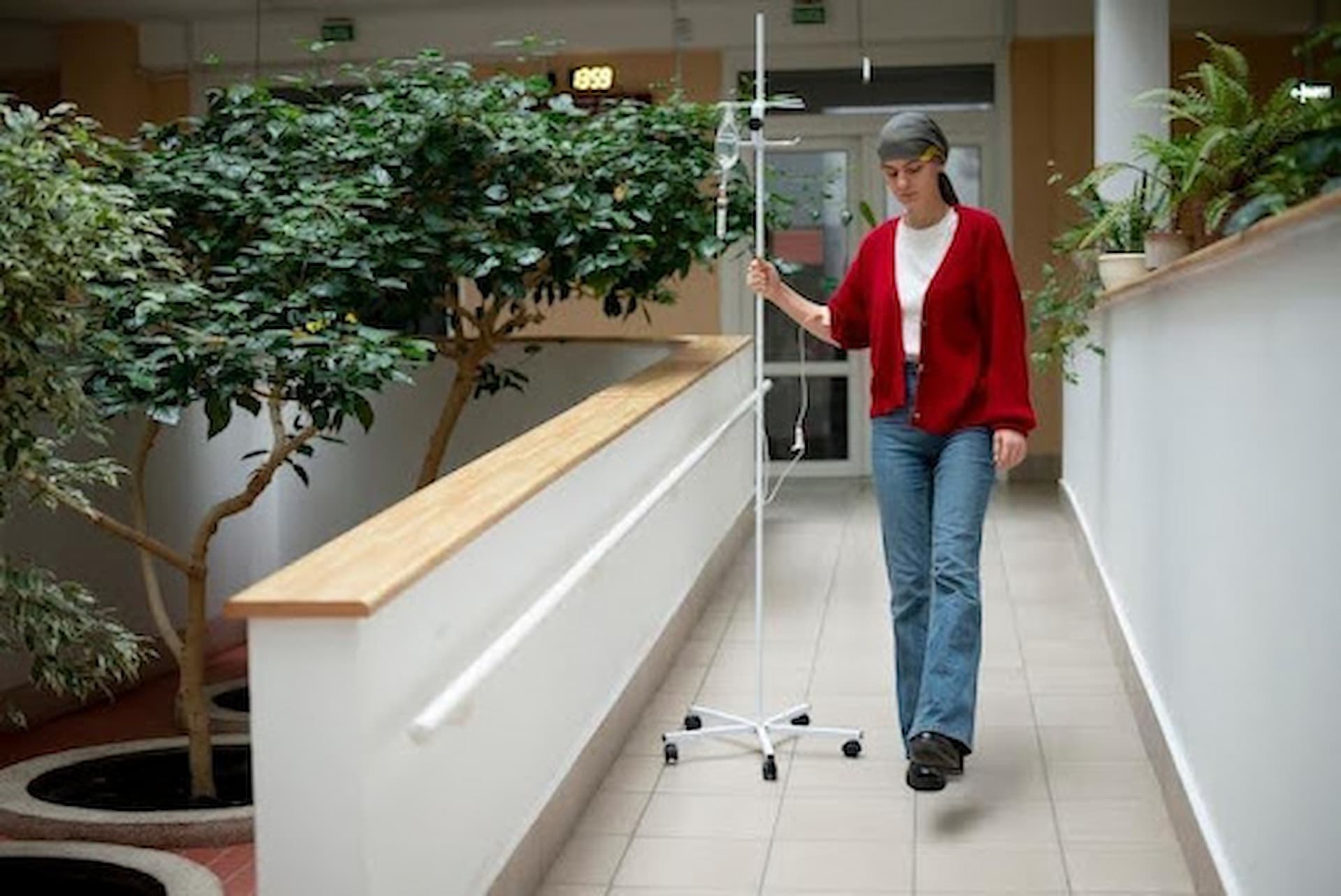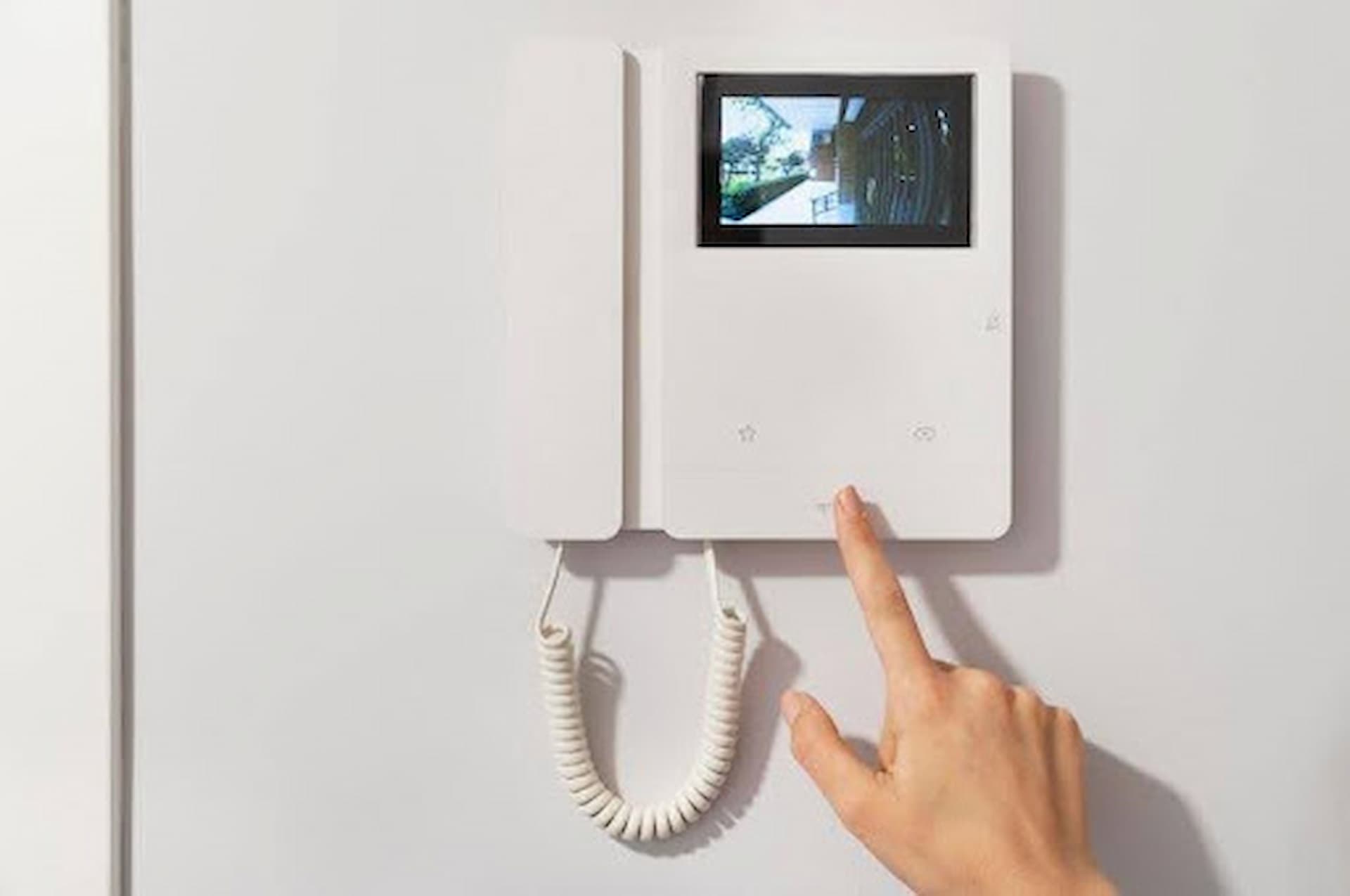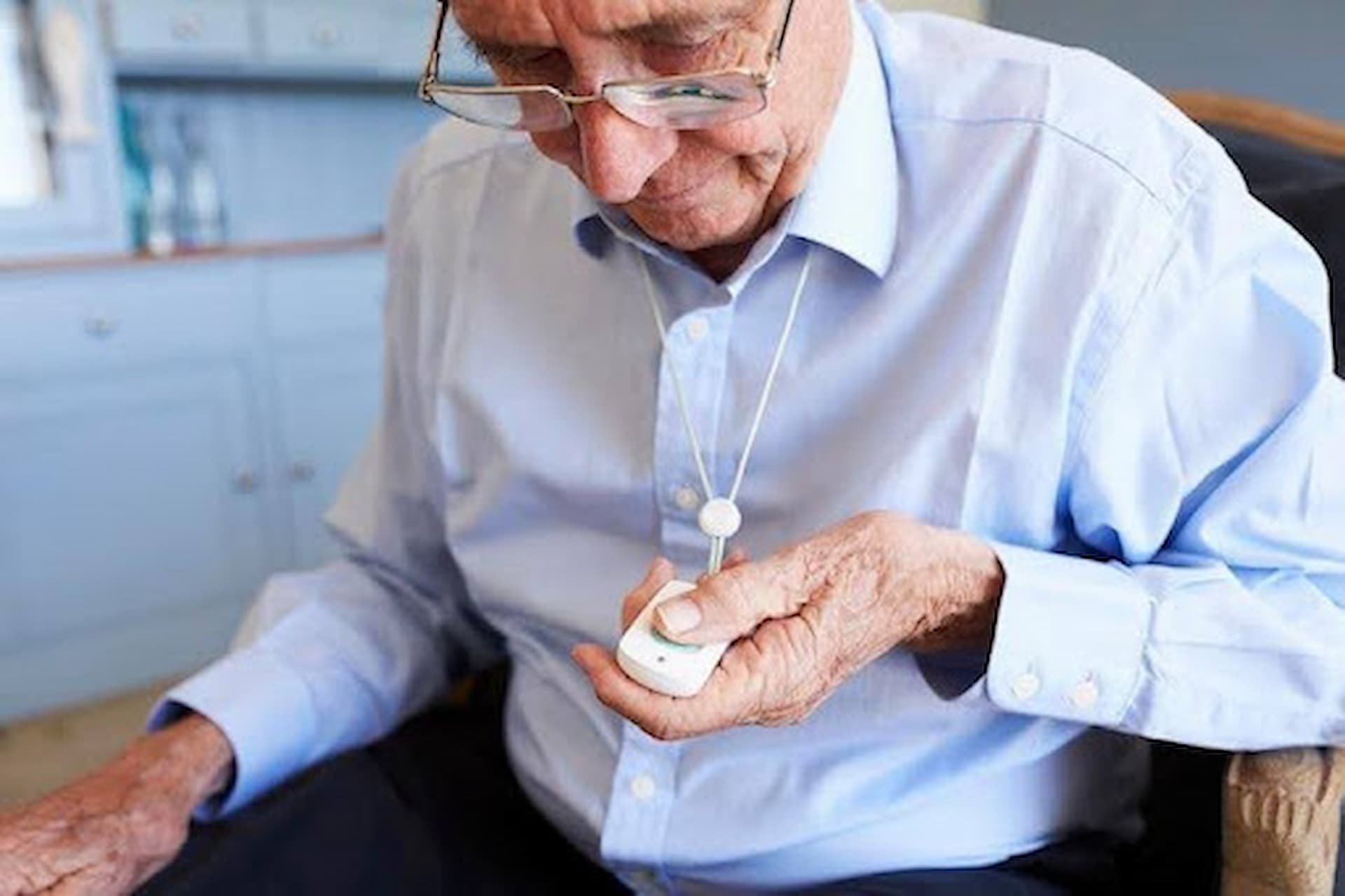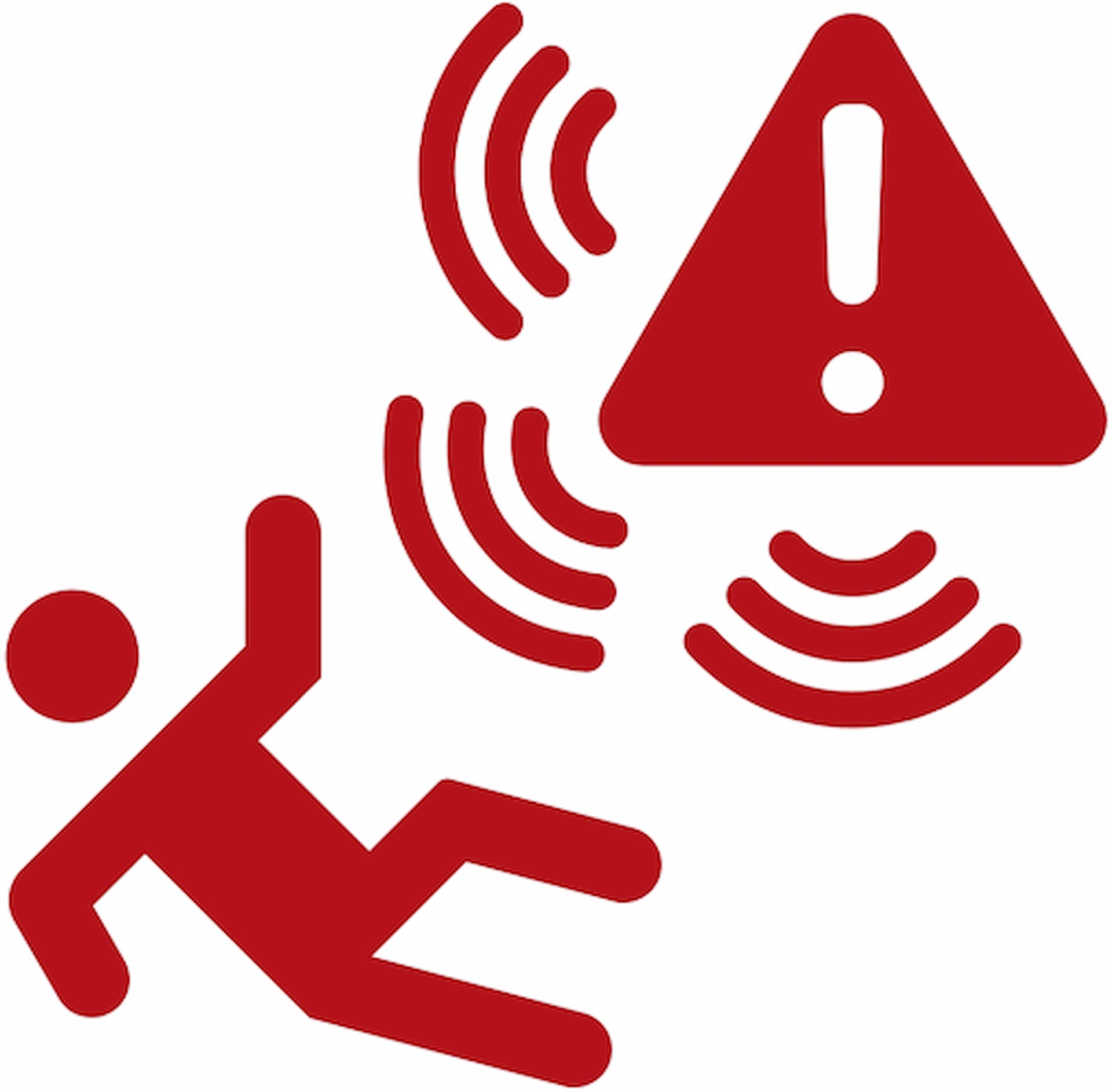As people age, the risk of falling becomes a serious concern. For seniors, even a simple slip can lead to devastating injuries, long hospital stays, and loss of independence. Approximately 646,000 individuals worldwide die from falls each year, according to the World Health Organization. These falls account for about 7.0% of all accidental or unintentional injury deaths.
Older adults who fall and are unable to get help right away can suffer worse outcomes than those who receive immediate help.
Fortunately, fall detection technology has become a powerful tool in protecting seniors and helping them remain independent.
Continue reading this article to learn more about how fall detection technology impacts seniors’ lives, enabling them to age in place while feeling more confident and secure.
How Fall Detection Technology Works?
The fall detection system is designed to automatically detect when someone has fallen and respond by sending alerts to caregivers, family members, or emergency services. The systems incorporate sensors, algorithms, and connectivity options to detect anomalous movements or impacts characteristic of a fall.
Most fall detection devices rely on accelerometers and gyroscopes to measure motion and orientation. These pieces track movement patterns and rapid shifts in speed or direction that indicate a potential fall.
When such an event is detected, the system automatically triggers an alert, which often includes the user’s location when GPS is being used.
In addition, some fall detection devices provide 2-way communication, allowing the user to talk directly to a monitoring center or emergency responder.

Advantages of Fall Detection Technology for Elderly
Here are some ways that fall detection technology is assisting seniors;
1. Immediate Emergency Response
One of the most important features of fall detection technology is its ability to initiate an immediate emergency response. The system can notify emergency responders, caregivers, or family members as soon as a fall has occurred, sometimes even within seconds.
This rapid response time can sometimes be the difference between a complete recovery and a life-threatening medical emergency.
On top of that, most falls lead to injuries that prevent the elderly from calling for help themselves. Devices with automatic alert features mean that someone will be on their way, even if the person is unconscious or confused.
Additionally, some systems feature two-way voice communication, allowing users to interact with emergency responders or the monitoring team. This further saves time in responding to an emergency.

2. Promotes Independent Living
Loss of independence is one of the biggest fears for many seniors. As seniors’ physical function decreases, they frequently fear that they will end up in assisted living or rely on others quite a bit for assistance with daily tasks.
A fall detection solution is a simple way for aging individuals to live on their terms.
Fall detection systems enable seniors to live without the need for close supervision by forming a safety net around them. Whether in the kitchen, outside in the garden, or in the shower, they can feel assured that should something happen, help will be on the way.
This independence is precious—it means better mental health, less sense of being a burden on other people, and better quality of life.
3. Real-Time Monitoring
Many more modern fall detection systems have real-time monitoring. This allows caregivers and loved ones to keep in touch with the senior’s condition as it occurs. This transparency can be especially helpful for those managing the care of a family member at a distance.
In addition, with live data, providers can monitor movement patterns, recognize atypical behavior, and react promptly to changes in the senior’s activity as they happen. Some offer dashboards or mobile apps showing detailed reports, such as how many steps the person has taken, how much time they spend resting, and whether they’ve been inactive for an unusually long time.
The data they capture can, in some cases, prevent future falls.
For instance, if someone suddenly becomes less mobile or loses their sense of balance, that indicates they are at a higher risk of falling.
By identifying these trends early on, caregivers can do something to prevent them, from scheduling a medical evaluation to installing grab bars to checking on medications.
4. Peace of Mind for Families
Providing care to an elderly loved one can be emotionally draining and worrisome, especially for adult children who live far away. The dread of a parent falling and being unable to call for help becomes a constant source of anxiety.
With the introduction of fall detection technology, this growing concern is removed as it offers a reliable system that takes over when family members can’t be there.
Families feel reassured knowing someone is looking out for their loved one and that if an emergency arises, they will be notified. It also fosters more open and positive relationships since the caregiver’s mind is no longer in a state of compulsion. Instead of being dominated by worries about safety, visits with family are more fun and more about being together and connecting.
This type of technology also alleviates the burden on informal caregivers, for example, spouses, adult children, or neighbors, who may find it difficult to cope with caregiving tasks and their other obligations.

Wrapping Up
Fall detection technology is transforming the lives of seniors and their families by delivering timely support, promoting autonomy, and reducing the risks associated with falls.
Through immediate emergency response, real-time tracking, and hands-off operation, these appliances are making the home safer for aging adults who may want to stay where they are.
Furthermore, the emotional, physical, and financial toll of falls is often quite extreme, but with fall detection systems, much of that weight can be lifted. Families have peace of mind, seniors have the power to live independently, and caregivers have additional tools to offer just the right kind of help.




